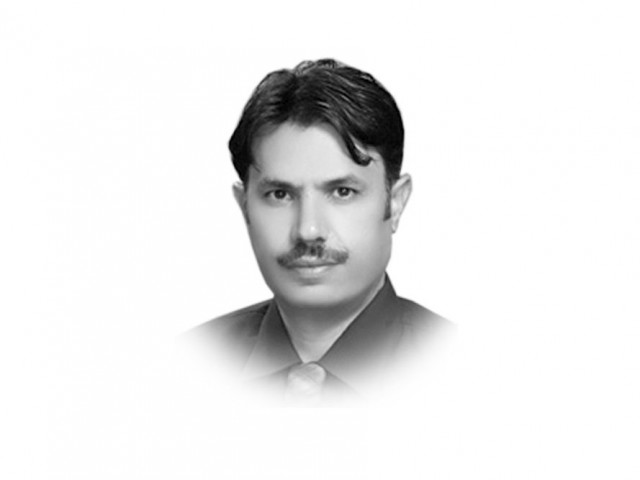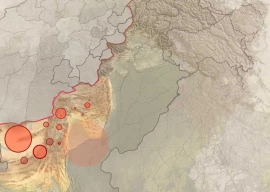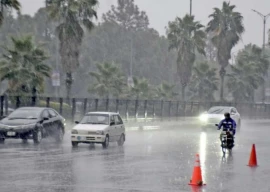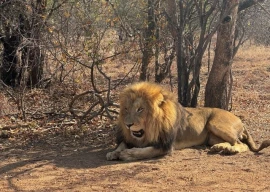
The establishment of such an academy for one of the oldest but underdeveloped languages of Khyber-Pakhtukhwa (K-P) is indeed a laudable move by the government. However, this initiative is deemed to undo a similar but somewhat broader initiative by the previous government, which was about the incorporation of four other languages, including Hindko, in primary education in the province. The former ANP-led government of K-P had passed the K-P Regional Languages Authority Act in 2011 for the development of regional languages. This was done after the inclusion of the four other regional languages — Seraiki, Hindko, Khowar and Kohistani — as compulsory languages in primary schools. This authority had Hindko as one of the main languages.
The current government has allocated funds for the Hindko Academy but there is no mention of the Regional Language Authority in its Annual Development Plan (ADP) 2014-15. Nevertheless, we see a scheme and curriculum development in five languages under the ADP 2014-15 with over Rs200 million allocated as its budget till June 2014. But this budget was not spent as the programme had been abandoned altogether. What will happen next is very much clear by the establishment of the Hindko Academy.
In K-P, about two dozen languages are spoken, with Pashto being the language of the majority. None of these languages, besides Pashto, ever had the status of being a language of school instruction in the province. Majority of the languages in K-P are severely threatened by extinction. A number of these minority languages, including Gawro, Badeshi, Ushojo, Chiliso, etc., have already vanished and the rest will wane over a decade or two if the government’s apathy remains as it is. No doubt, a number of local civil society organisations and individuals have carried out impressive work for the documentation and promotion of these languages, but owing to the lack of state patronage and scarcity of resources, the work could not be sustained for a long period of time. The native speakers of minority languages had tied their hopes with the Regional Language Authority, but owing to the favouritism and confusion of the current government, that hope was curtailed.
The government’s move to establish an academy only for a single language is to sabotage the establishment of an authority for regional languages, as espoused by the previous government. Agreed, the linguistic minorities living in the mountainous regions of K-P have no effective political representation either in Peshawar or Islamabad, yet they are no less Pakistani than any others. Their languages deserve to be represented within the national fabric. The current K-P government must fulfil its constitutional obligation by immediately establishing the Regional Language Authority proposed by the lawmakers under the K-P Regional Language Authority Act of 2011. A few administrative temporary measures like the establishment of the Gandhara Hindko Academy cannot excuse the government of its constitutional obligations.
Published in The Express Tribune, February 10th, 2015.
Like Opinion & Editorial on Facebook, follow @ETOpEd on Twitter to receive all updates on all our daily pieces.













COMMENTS
Comments are moderated and generally will be posted if they are on-topic and not abusive.
For more information, please see our Comments FAQ